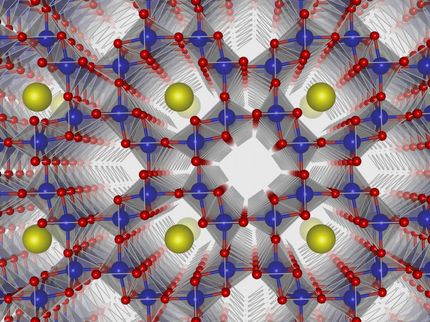Researchers develop electrolytes for redox flow batteries from lignin from the pulp production
Project partners keep costs of eight cents per kWh saved electricity for possible
Advertisement
The CMBlu project AG intends to develop cost-effective and sustainable organic electrolytes with five partners from Lignin for redox flow batteries. These batteries is ideal especially for stationary storage of wind and solar power. A pulp mill delivers lignin sulphonates, incurred in the production process as a by-product.
Researchers assume that the capacity of stationary energy storage in Germany at up to 176 GWh (= 176.000.000 kWh) could be. For comparison, a four-person household consumes good 4000 kWh in an average year. Redox flow batteries generally well suited for this task, because their storage capacity can be scaled independently of its electric power. Because the two electrolytes for the negative and positive electrode side are stored in separate tanks. Thus, the storage capacity in principle only by the size of the tank and the amount of electrolytes is limited. So far putting vanadium compounds of metal for the latter in the rule, which however in the required large quantities not available, are expensive and relatively chemically unstable. Electrolytes of organic compounds may be an alternative that can be derived from lignin. Lignin is in pulp and paper production worldwide in the scale of millions tons.
Quinones are the target molecules in the now initiated projects. The researchers want to win two suitable redox couples with sufficiently different electrochemical potential from lignin sulfonates, which lye down in the fall to the pulp mill. The planned production chain includes a filtration step cleaning, an electrochemical and chemo-catalytic lignin cleavage to aromatic precursors, which are then implemented to Quinones. Still a chemical modification of the preserved Quinones may be necessary. Lignin sulfonic acid is soluble in water, so that all reactions in aqueous solution can be carried out. The optimization of components and the cell structure of the redox-flow battery also include the work scope of the project.
The proof-of-concept is successful, the scientists in a follow-up project want to build a pilot plant with a production of one kilogram of Quinones per day. With regard to the economy, the research team to the CMBlu AG is optimistic: the International Energy Agency sees the breakthrough of battery storage technology at a cost of EUR 0.08 per kWh saved – these costs keep accessible for medium-term researchers with their approach.
The use of lignin in energy storage systems would be a significant appreciation of this already-incurred resource that is so far mostly thermally recycled. The components converted to the electrolyte which lye from lignin-containing should be returned to the material cycle of the pulp mill, to stand still for the energy available. Since lignin is a vegetal raw material, he Burns largely CO2- neutral. The inorganic chemicals want to win back the researchers hardly affecting the processes of pulp production.
The project is funded by the Federal Ministry of food and Agriculture (BMEL) about the project carrier specialist agency renewable raw materials e. V. (FNR).
Other news from the department science
Most read news
More news from our other portals
See the theme worlds for related content
Topic World Battery Technology
The topic world Battery Technology combines relevant knowledge in a unique way. Here you will find everything about suppliers and their products, webinars, white papers, catalogs and brochures.

Topic World Battery Technology
The topic world Battery Technology combines relevant knowledge in a unique way. Here you will find everything about suppliers and their products, webinars, white papers, catalogs and brochures.






























































